Marks and Spencer: Employee Motivation and Organisational Structure
VerifiedAdded on 2023/01/19
|8
|570
|77
Report
AI Summary
This report provides an analysis of Marks and Spencer's approach to employee motivation, organisational structure, and leadership. It begins by outlining the benefits of employee involvement, such as increased value and better decision-making, while also acknowledging potential issues like communication complexities. The report then details various motivational strategies, including incentives, flexible working conditions, and recreational activities. The analysis considers Marks and Spencer's adoption of a flat organisational structure and reviews relevant leadership behaviors. The report concludes with a discussion of the cited references, providing context for the findings. This document is designed to help students understand the practical application of management and leadership theories within a real-world business context. This report is available on Desklib.
1 out of 8
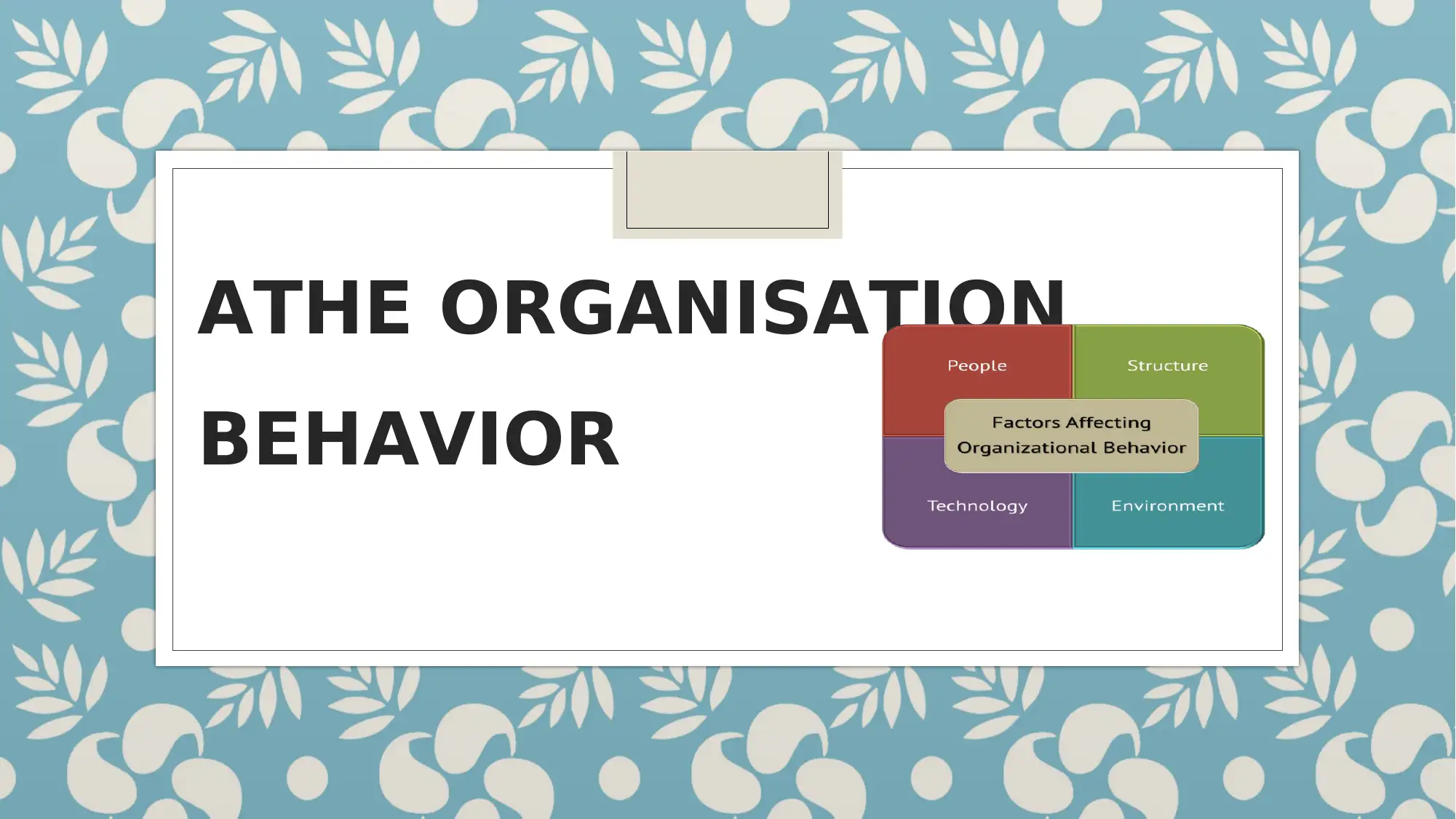
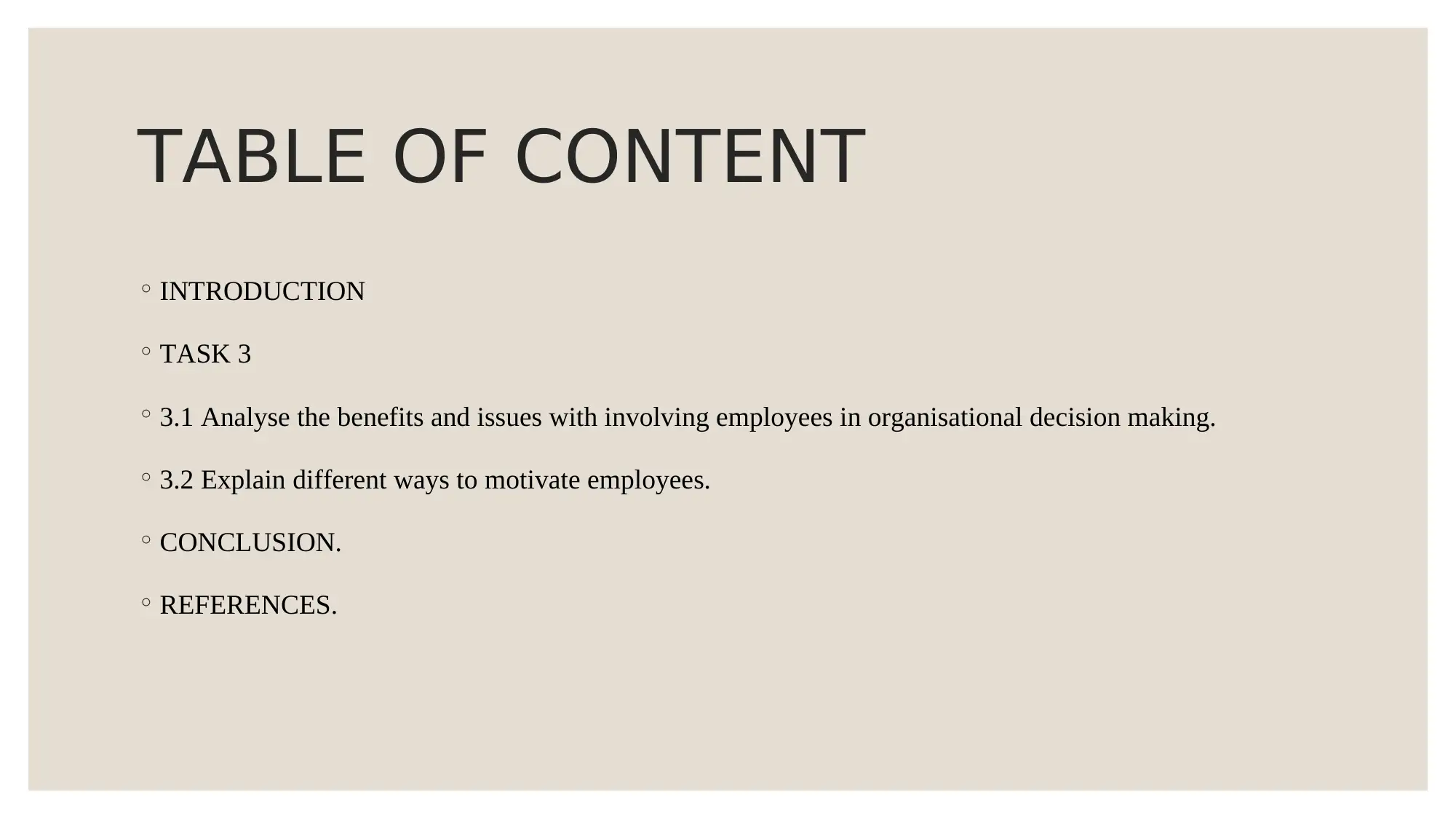
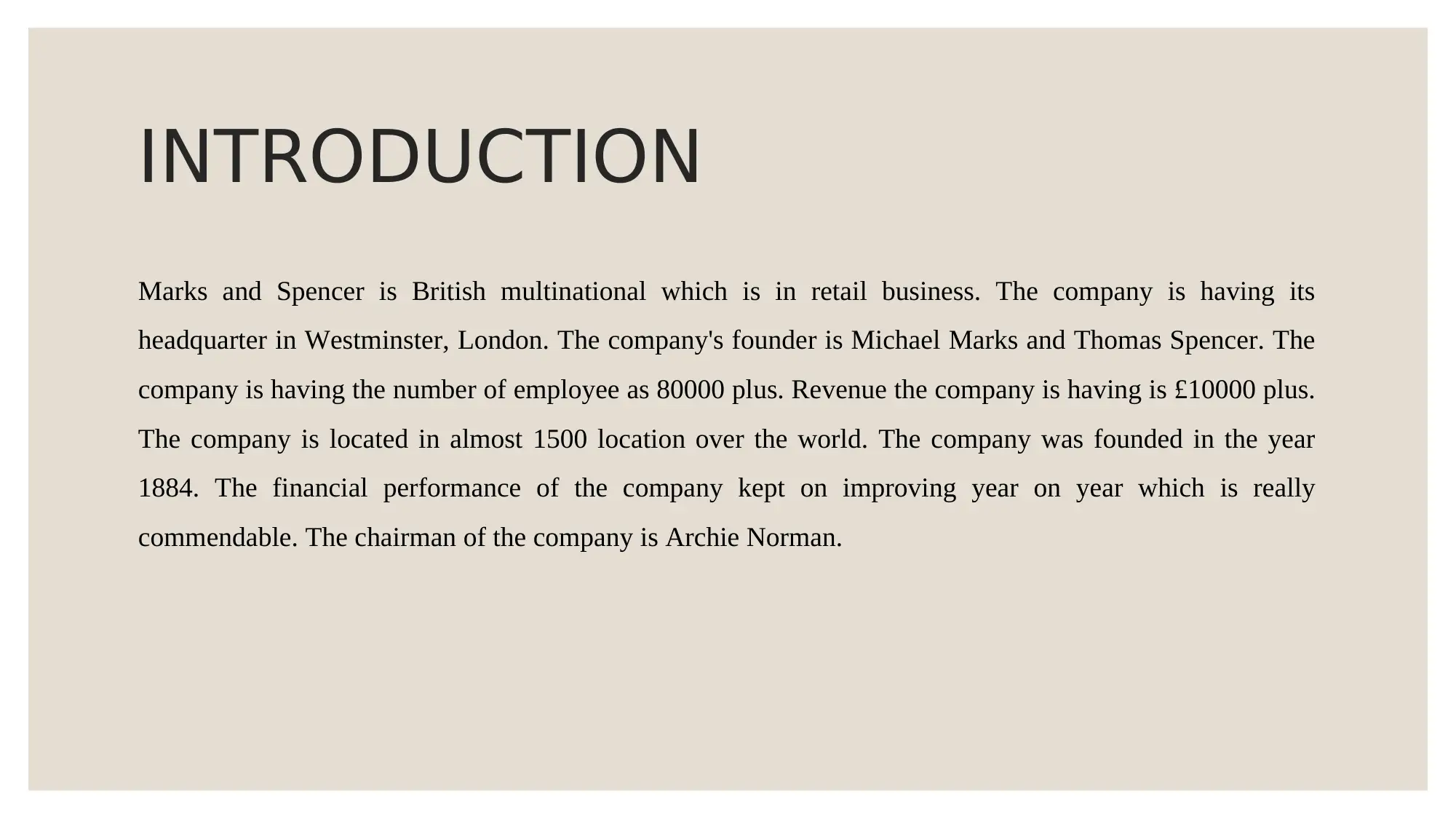

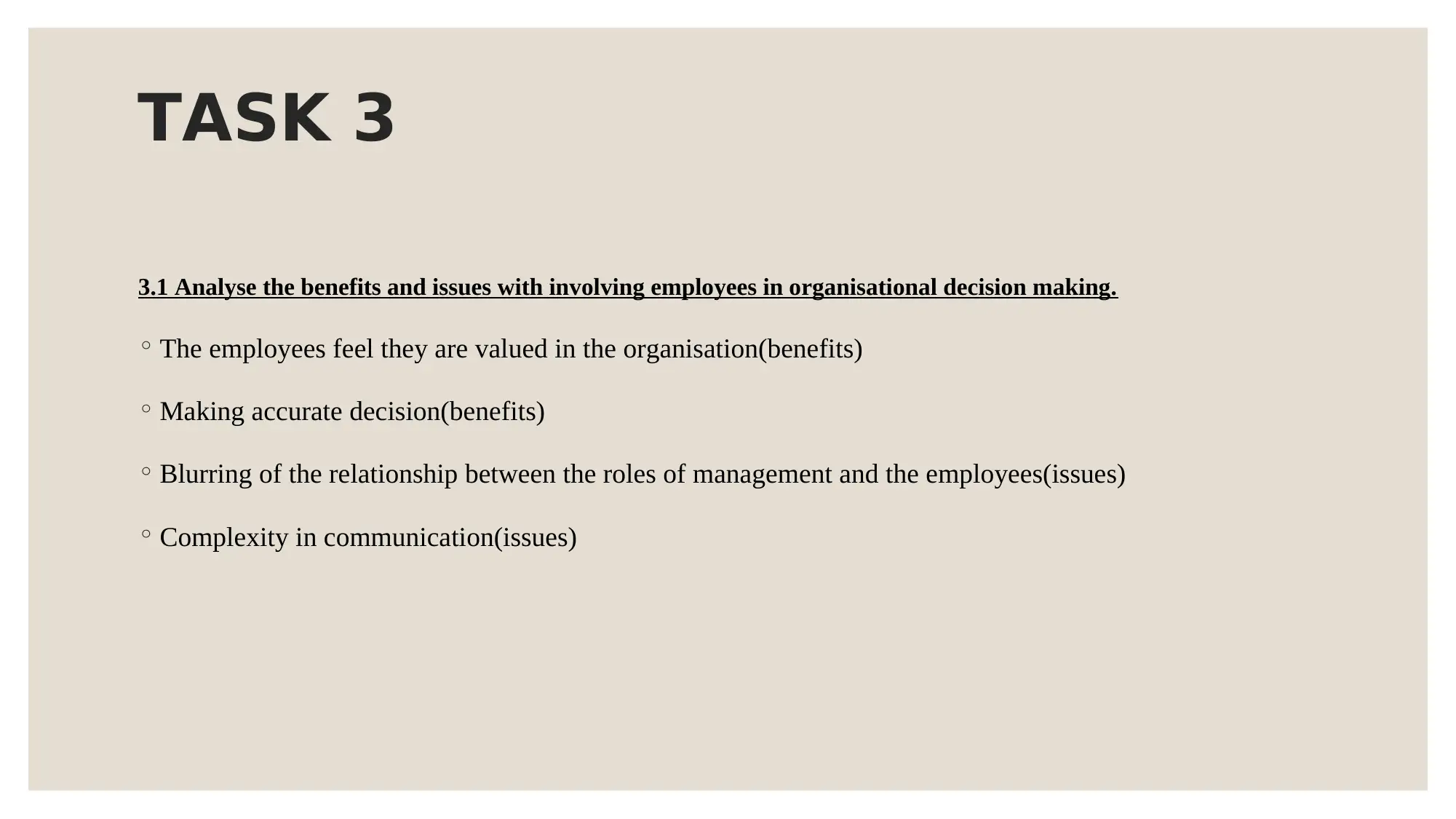
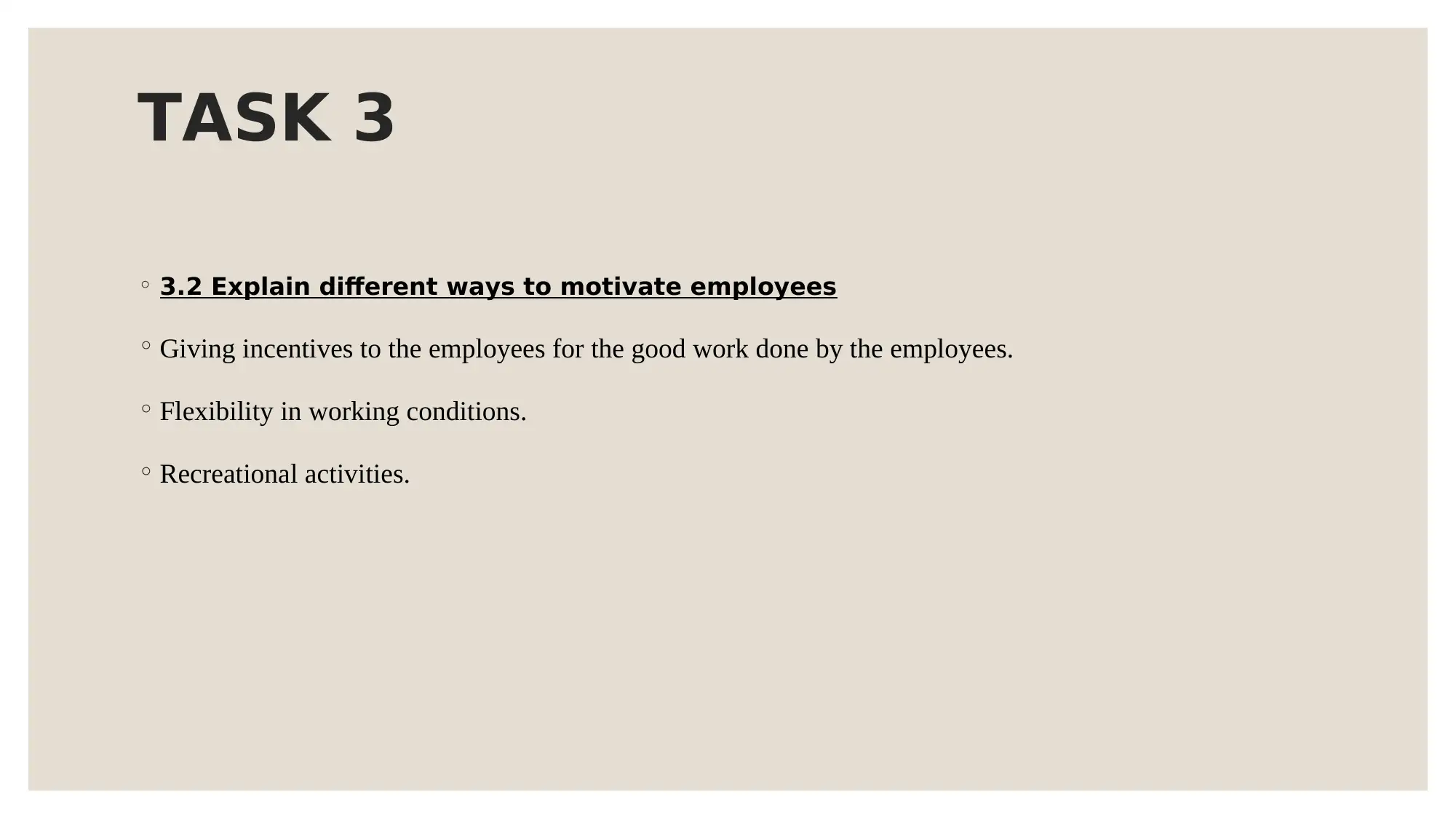
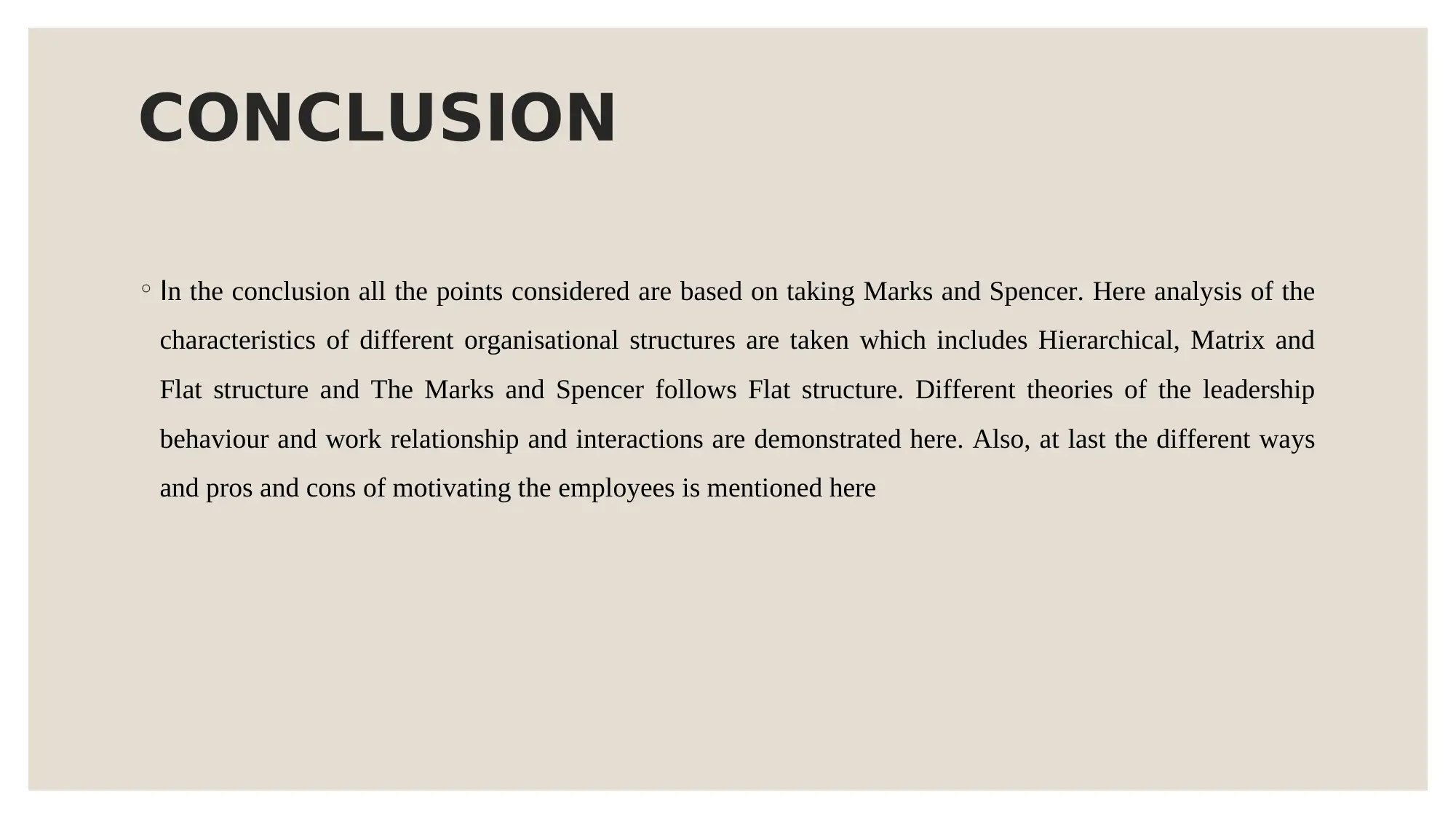
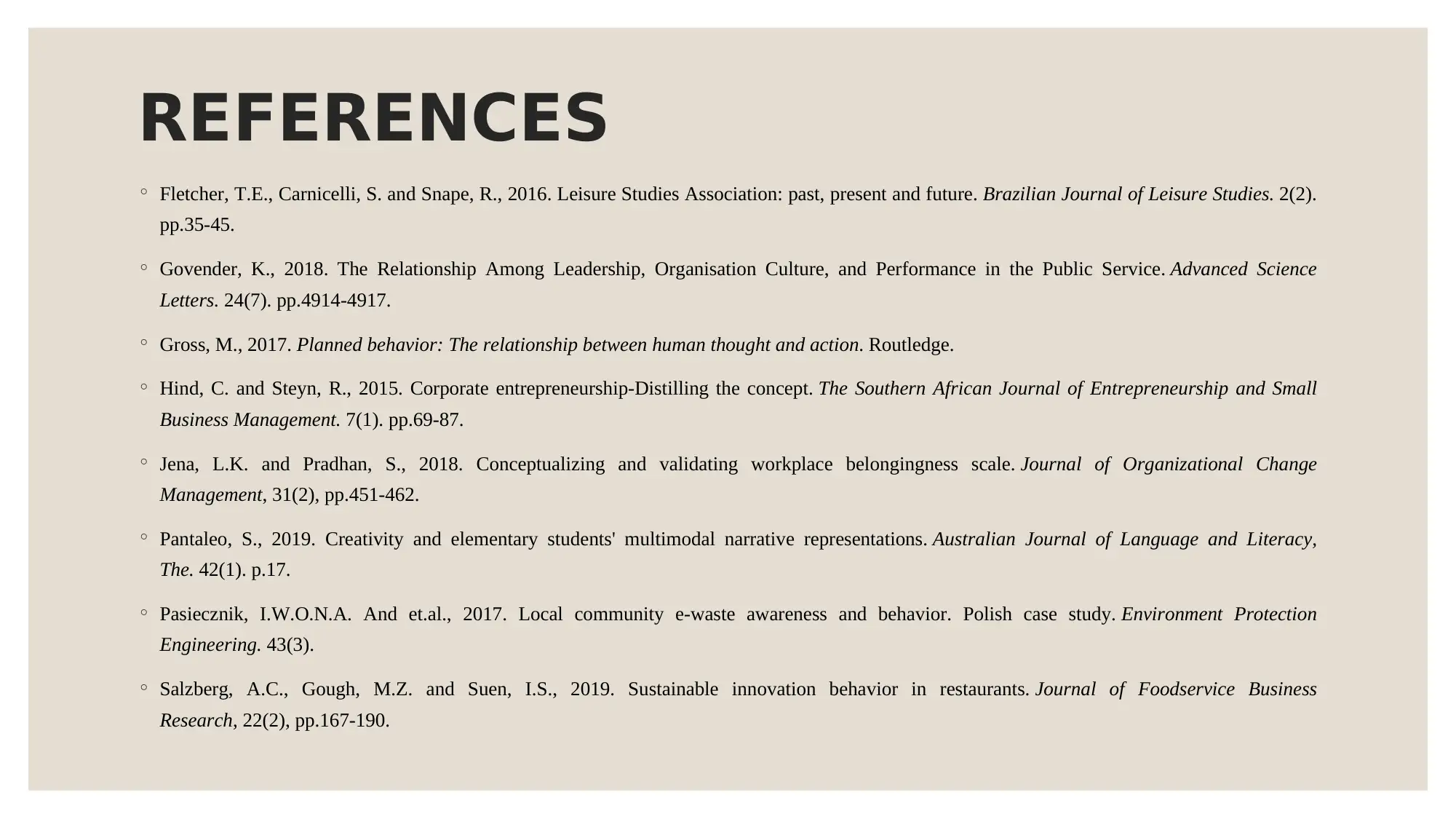







![[object Object]](/_next/static/media/star-bottom.7253800d.svg)